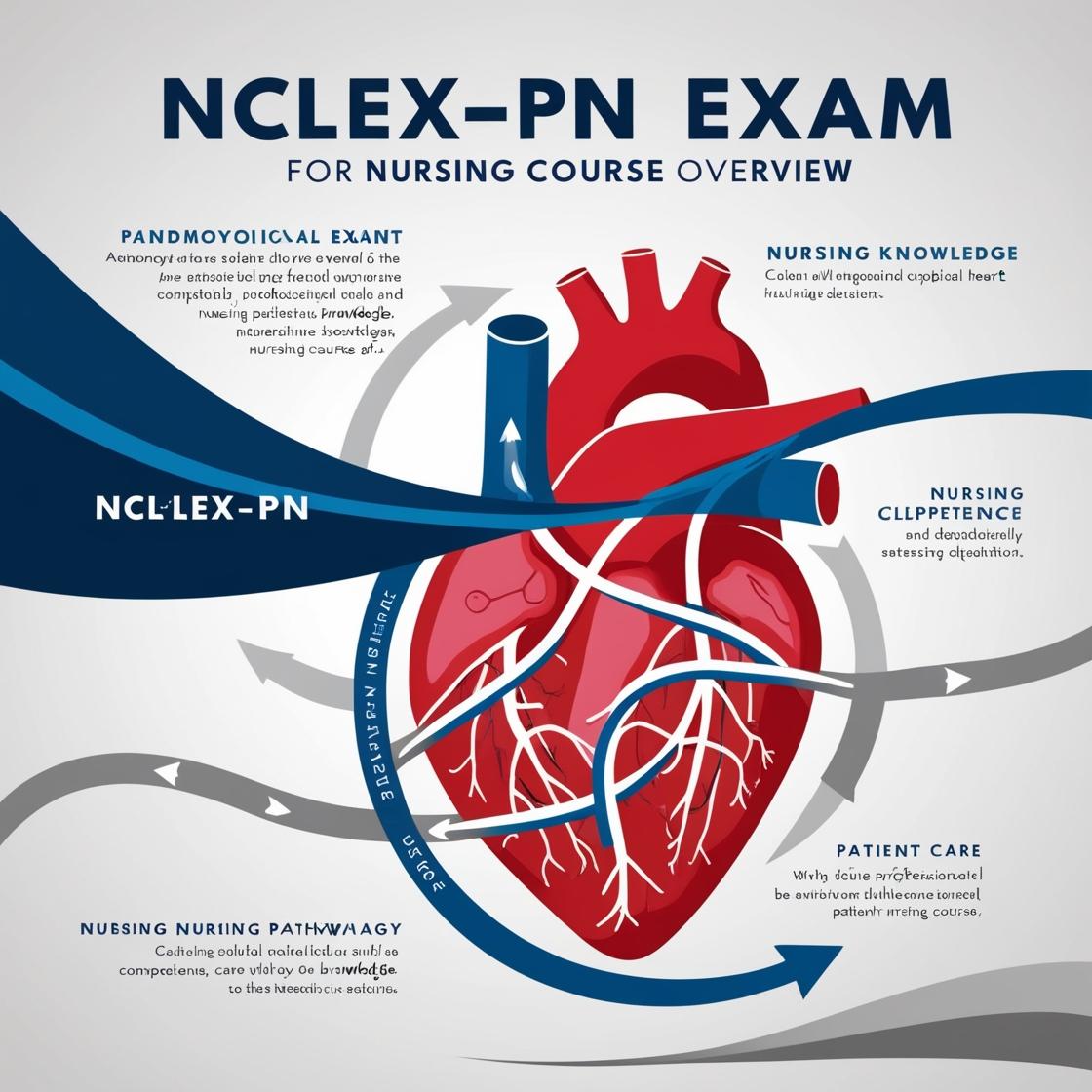NCLEX-PN
NCLEX PN 2023 Quizlet
1. What is a chemical reaction between drugs before their administration or absorption known as?
- A. a drug incompatibility
- B. a side effect
- C. an adverse event
- D. an allergic response
Correct answer: A
Rationale: A chemical reaction between drugs before their administration or absorption is termed a drug incompatibility. This phenomenon commonly happens when drug solutions are mixed before intravenous administration, but it can also occur with orally administered drugs. Choices B, C, and D are incorrect because side effects, adverse events, and allergic responses occur after the administration and absorption of drugs, not prior to it.
2. A high school nurse observes a 14-year-old female rubbing her scalp excessively in the gym. What is the most appropriate course of action for the nurse?
- A. Request the female’s parents for a private evaluation of her scalp
- B. Contact the female’s parents regarding the observations
- C. Observe the hairline and scalp for possible signs of lice
- D. Inform the student’s physician about the situation
Correct answer: C
Rationale: The most appropriate course of action for the nurse is to observe the hairline and scalp for possible signs of lice. The student's behavior of excessively rubbing her scalp raises concerns about a potential infestation, making it necessary to look for signs firsthand. Contacting the parents or the physician should be considered after observing for signs of lice to provide more information and take appropriate action. Requesting a private evaluation from the parents may not be required initially, as lice infestation is a common concern among children and observing for signs is the immediate step to address the situation.
3. When discussing possible complications of pregnancy with a client, the nurse should explain that all of the following are symptoms of urinary tract infection (UTI). Which of the following is least indicative of UTI during pregnancy?
- A. low back pain
- B. urinary frequency
- C. GI distress
- D. malaise
Correct answer: B
Rationale: Urinary frequency is least indicative of UTI during pregnancy. It is a common minor discomfort of pregnancy caused by pressure of the growing uterus on the bladder. As the uterus rises in the second trimester, there are usually no problems. Frequency may return in the third trimester when the uterus drops into the pelvic cavity. UTI symptoms include low back pain, suprapubic discomfort, and malaise, and are confirmed by laboratory findings. Low back pain, GI distress, and malaise are more closely associated with UTI during pregnancy compared to urinary frequency.
4. A female client complains to the nurse at the health department that she has fatigue, shortness of breath, and lightheadedness. Her history reveals no significant medical problems. She states that she is always on a fad diet without any vitamin supplements. Which tests should the nurse expect the client to have first?
- A. peptic ulcer studies
- B. complete blood count, including hematocrit and hemoglobin
- C. genetic testing
- D. hemoglobin electrophoresis
Correct answer: B
Rationale: The correct answer is to perform a complete blood count, including hematocrit and hemoglobin, as the initial tests to assess the client's symptoms related to fatigue, shortness of breath, and lightheadedness. These symptoms can be indicative of anemia, which can be caused by nutritional deficiencies due to fad dieting without vitamin supplements. Peptic ulcer studies, genetic testing, and hemoglobin electrophoresis are not the most appropriate initial tests for the client's presenting symptoms and history. Peptic ulcer studies are not relevant to the client's symptoms. Genetic testing is not indicated based on the client's presentation and history. Hemoglobin electrophoresis is used to diagnose specific types of anemia and is not the first-line test in this scenario. Further testing decisions should be based on the results of the initial tests, the client's history, and other relevant factors.
5. Which of the following terms refers to soft tissue injury caused by blunt force?
- A. contusion
- B. strain
- C. sprain
- D. dislocation
Correct answer: A
Rationale: A contusion is a soft tissue injury caused by blunt force. It is an injury that does not break the skin, caused by a blow, and characterized by swelling, discoloration, and pain. The immediate application of cold might limit the development of a contusion. A strain is a muscle pull from overuse, overstretching, or excessive stress. A sprain is caused by a wrenching or twisting motion. A dislocation is a condition where the articular surfaces of the bones forming a joint are no longer in anatomical contact. Therefore, the correct answer is 'contusion' as it specifically relates to soft tissue injury caused by blunt force.
Similar Questions

Access More Features
NCLEX PN Basic
$69.99/ 30 days
- 5,000 Questions with answers
- Comprehensive NCLEX coverage
- 30 days access @ $69.99
NCLEX PN Premium
$149.99/ 90 days
- 5,000 Questions with answers
- Comprehensive NCLEX coverage
- 30 days access @ $149.99
